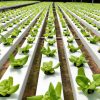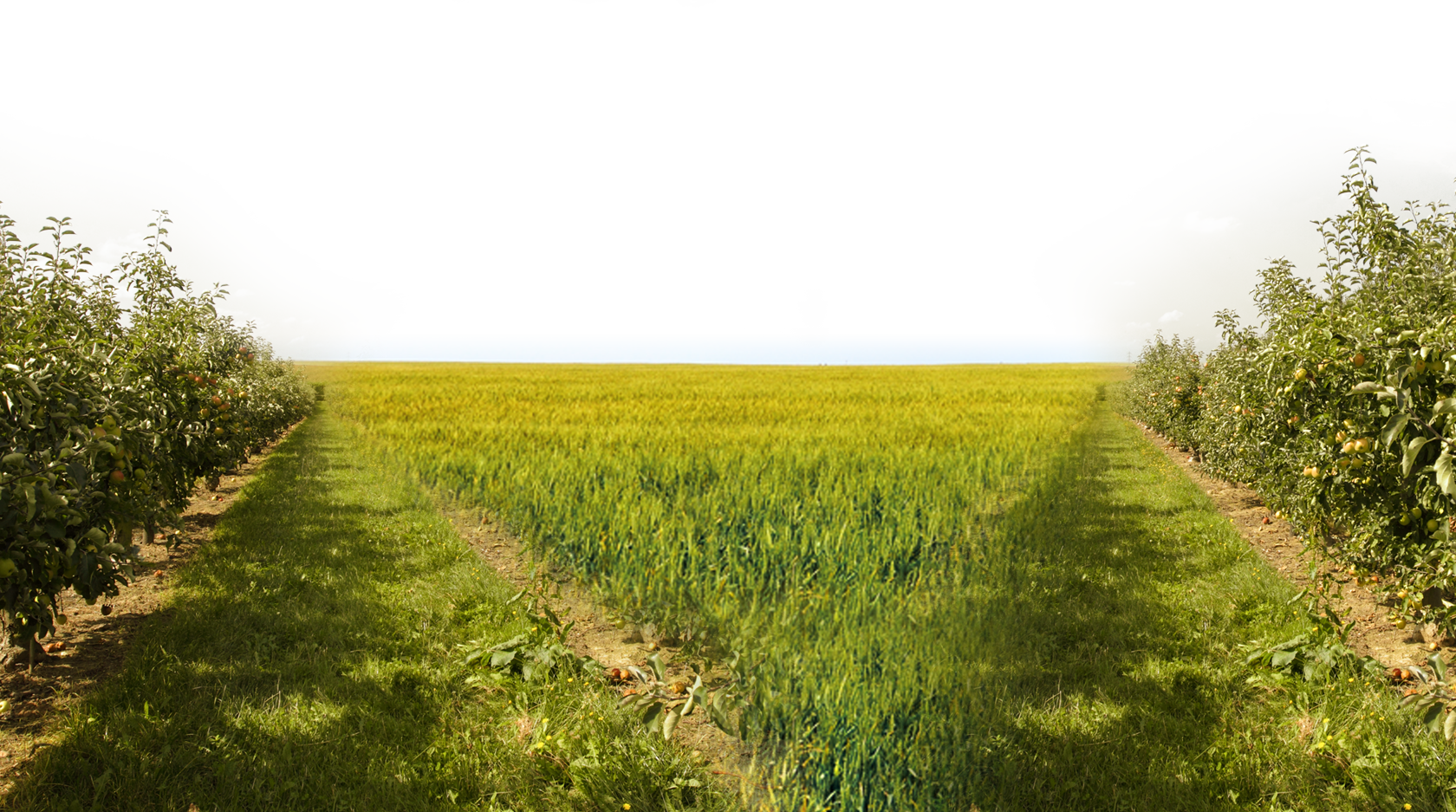
Policy Seeds Planted for More Organic Food
By Dave Carter | 6 Comments | Posted 04/27/2015
When a small cluster of folks gathered at a Washington, D.C. Natural Food Store to hold the official ceremony launching the new National Organic Standards in October 2002, the U.S. Department of Agriculture dispatched a mid-level appointee to preside over the ceremony. The smattering of reporters who found time to cover the event likely wondered how long the organic “trend” would last.
On Wednesday, Secretary of Agriculture Tom Vilsack headlined a string of USDA and Congressional leaders who came by the Organic Trade Association’s annual policy conference in Washington. D.C. to report on how they are working to protect the integrity of those organic standards. Seated behind the crowd of about 200 organic food industry leaders in the room were a couple of tables of journalists capturing the discussion.
We’ve come a long way, Baby.
In October 2002, the main priority among the organic food pioneers was the challenge of convincing American shoppers to buy products containing the new USDA organic seal. This week, the organic leaders in Washington, D.C. spent most of their time wrestling with the need to expand organic production, and to recruit a new generation of organic farmers.
It’s a tough challenge. Organic food is difficult. Growers must farm their land under the requirements of the organic regulations for three years before becoming certified to market their crops and livestock as organic. The transition to organic often requires different farming equipment—more cultivators and fewer sprayers. New skill sets and crop rotation schedules must replace the traditional philosophy of growing the same crop year after year after year.
Yup, it’s not easy. But everyone assembled in the meeting room in Washington, D.C. this week recognized that this challenge is key to bringing more organic food at more affordable prices to American families in the years ahead.


 Contact us
Contact us




























6 Responses to Policy Seeds Planted for More Organic Food